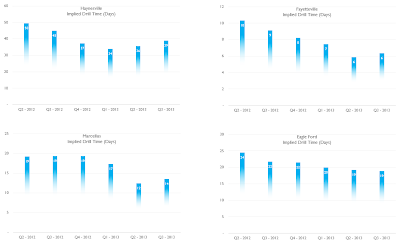Enthusiasm for gas-fired power growth is high. The projections for load growth and coal retirements make it seem like gas has a golden, inevitable future. There are risks to this vision however.
- Higher gas prices destroying demand
- Higher electricity prices (not cause by gas prices) destroying demand
- Other things destroying demand (DR incentives, economic malaise, conservation, technology)
But a threat being overlooked, or underestimated, is the threat from renewables. I previously posted a snapshot of California power stats in early October. Here's another glimpse:
This is a picture of a nightmare for natural gas. Load not growing, and renewables increasing rapidly.
It's not like this everywhere, California is special. They have prime solar geography, and powerful carrots and sticks to ensure renewables growth. They also have very high power prices.
Power generation isn't growing on trend right now. And the private sector is efficiently capitalizing on all the government incentives for renewables.
Solar and wind are the two horsemen of the gas apolocalypse. (bad/worse for coal too.).
Solar and wind are not much alike however. Solar power is much more valuable than wind (more predictable and nearer to peak load hours), and takes longer to construct. This gives us much greater visibility into the solar pipeline (as it were). There is A LOT of solar coming on line in the next 3 years. Most of it in California, but increasingly elsewhere.
And the off-grid issue is becoming material. The solar panels being installed by the thousands on California rooftops are not going to ever go away. It is costing the system a fortune in rebates, and the supply + peak shaving potential of that power is very dangerous to the existing structure of the power generation sector.
So gas will gain from coal retirements (how much how soon is debatable), but stands to lose from both demand loss, peak loss, and renewables displacement.
Notice in the graphs above, that on similar month-to-date weather, California is behind -689 GWH in total generation demand, and solar is up 172%, or +155 GWH. Since wind capacity is also up YOY, that leaves the thermal power piece of the pie shrinking faster than coal retirements, thus natural gas is still a net loser.







